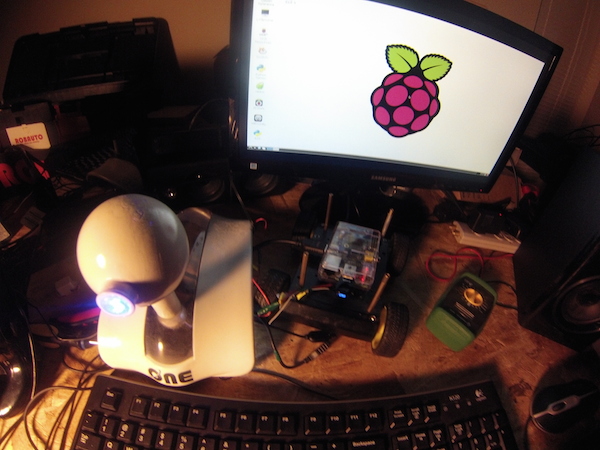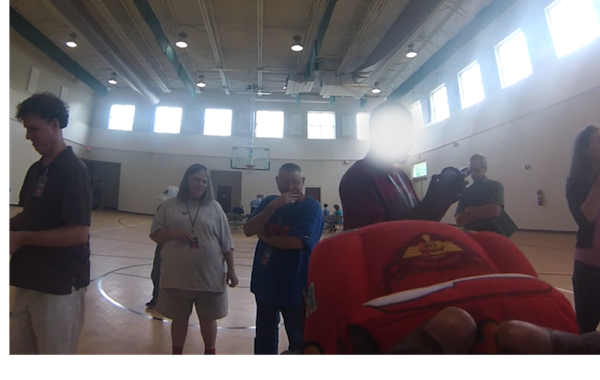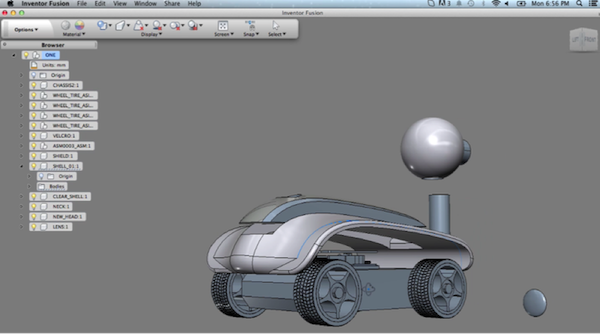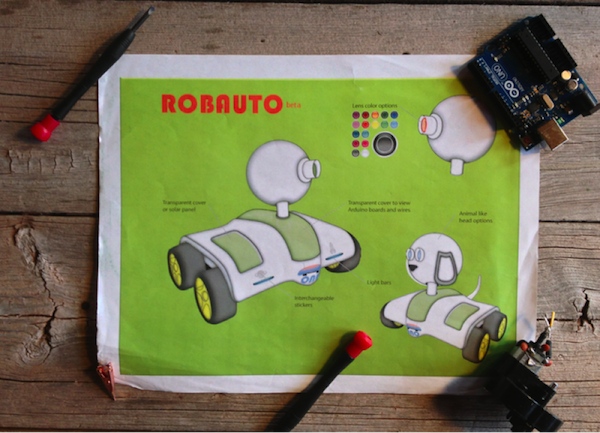We were about six weeks into a 12-week design process when we realized our autism therapy robot wasn’t coming together the way we had hoped. We had set off to build something low-cost and flexible that would meet the needs of many different types of people on the autism spectrum. Designing a robot in genral is hard, but designing one for people with autism seemed nearly impossible.
Some of the autistic people we talked to were very high functioning and were able to give us feedback on things like sounds and shapes and colors. Others were not able to even look at us, let alone give us feedback. We were starting to think we’d never be able to come up with a viable design.
Then we had an idea: Why not let the autism community design their own robot?
We started by soliciting ideas as we could from parents and teachers and most importantly from those with autism. What we found amazed us. Not only did the autism community have lots of great ideas, many of the people we talked to were really talented designers.
The responses were wide ranging but we eventually started to see some patterns.
After collecting information from about 500 people we noticed that there was a common desire to have something that could hold the user’s attention, provide some distraction, and help with communication. Parents and teachers needed something that would keep a person’s attention long enough to teach a lesson or provide a break. Caring for someone with autism can be a 24/7 job and often those with autism have difficulty relating to other people. The robot also needed to be inexpensive. As it turns out autism tends to run in families and is very time intensive. More than $129 Billion dollars is spent each year treating it.
Testing Features and Engagement Using Other Robots
We started by purchasing or borrowing some of the top robots available on the market. We brought them in boxes and crates to area schools. Our robot army included plush toys, drones, humanoids, and dozens of other devices. We found that the complexity of the robot didn’t necessarily equate to increased engagement. Some of the least expensive devices were the most popular. We found that people liked to speak through a robot, or have it repeat what they said, but that having to enunciate clearly was not going to work.
Almost everyone related to robots that looked like or sounded like robots they had seen on TV or in a movie. While everyone enjoyed controlling the robots via remote or smartphone, many people had difficulty with the size and touchscreen associated with tablet and phone controls. Robots that had animal characteristics almost immediately became favorites, acquiring names and becoming the focus of care and compassion. We took all of these observations and gradually came up with a list of features that we knew we needed and we began to evaluate things like cost, technical feasibility, weight and durability. Once we had some sketches we showed those to our community and asked for their reactions and feedback.
Enlisting the Help of Autistic Designers
We next asked our most talented artists and those showing aptitude for engineering and design—primarily teens and adults with autism—to sketch their “dream robot.” We simply provided engineering paper and pencils, made everyone a part of our Robotics Engineering Club (complete with official lanyards that were a big hit), and watched what people came up with. We were surprised by what we saw, and when we compiled all of the sketches, this is what we found:
- Everyone wanted something they could control with a remote of some sort.
- Most people seemed to want something that looked and sounded human, but not too human.
- Animal themes were popular.
- People could relate to a car. The idea of having a vehicle that they could control, customize, or race was popular.
Here is the first 3D rendering:
An Ongoing Process
Next, we sat down with our product experts, designers, and engineers. We knew the robot had to be fairly simple and low-cost, because budget was going to be a big constraint for schools and many families. We knew the robot had to be durable and easy to operate. And we knew that the personality, which included voice, lights and motion, needed to be customizable to match the individual user and goal of the lesson.
Most [autistic users] seemed to want something that looked and sounded human, but not too human
Our response is ONE, a flexible Raspberry Pi-powered robot that allows people with autism to have a companion and teacher with them all the time.
The initial prototype, which is still being refined by the autism community, is equipped with lights and sounds that mimic R2D2 from Star Wars. It has voice recognition that allows people to speak to the world through it, rather than directly to another human. Early pilot users will be able to customize their robot with their own graphics and sounds. We’ll use this information to continue to simplify and customize the design and features.
We’re using Kickstarter to gather additional feedback and gauge support for the project. The initial prototype will be equipped with hardware that will allow us to capture some engagement data which may give us valuable insights into autism. While the research is still in its early stages, it’s looking like a low-cost robot could really help a lot of people.
If you or your company would like to help contribute to the future design of ONE, or if you or someone you know would like to be one of the first to pilot ONE you can show your support on Kickstarter or request to be on the list to pilot.












